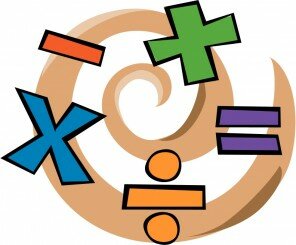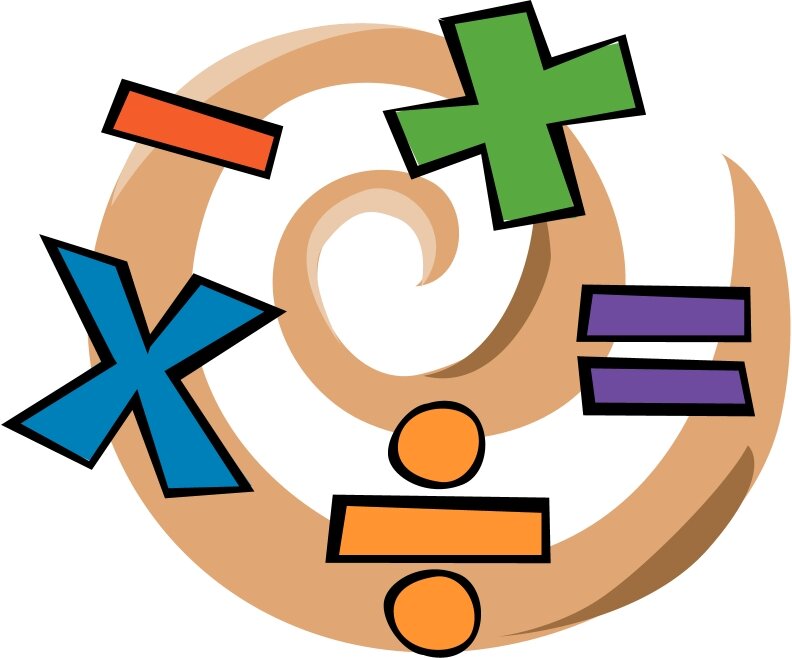 Seattle Times education reporter Brian Rosenthal buries the lede just a little in his excellent story on Mercer Middle School’s amazing turnaround. Trying to sum up the factors involved, Rosenthal puts this list together:
Seattle Times education reporter Brian Rosenthal buries the lede just a little in his excellent story on Mercer Middle School’s amazing turnaround. Trying to sum up the factors involved, Rosenthal puts this list together:
It involves a strong principal, a collaborative group of hardworking teachers and a heavy use of data to constantly tweak instruction. There have been some bold moves, such as scrapping the district’s mandated math textbook in favor of a specialized curriculum built to the same state standards.
“Scrapping the district’s mandated math textbook” has to be the most controversial move — Rosenthal allows that it’s “the most talked about” — given that Mercer Middle School hadn’t been given permission to do it. They went rogue. It’s kind of a big deal. When the Seattle Weekly was attempting to explain why school board members hung onto their positions in the last election, they pointed to test scores:
And even some schools in less-affluent parts of towns are showing gains. Beacon Hill‘s Mercer Middle School, for example, saw 78 percent of its sixth graders pass the state math exam last year — a stunning performance for a school in which 77 percent of the kids qualify for free or reduced-price lunches.
So this news, arriving post-election, is of interest to school board challengers and their supporters. You have to ask yourself what’s truly salient in Rosenthal’s list. Principals? Certainly — I’ve had too many conversations with outstanding teachers laboring to fit in with a command-and-control principal, who is not so much power-mad as trying obsessively to protect his or her job by fulfilling superintendent directions to the letter.
 But a collaborative group of hardworking teachers? Across the district, I can’t think of a harder-working group more disposed to collaboration. Heavy use of data? Possibly. But that dovetails with the importance of the textbook change-up: University of Washington meteorologist Cliff Mass and his math competency crew have been arguing for some time that the Seattle School District is ignoring data on Discovering Math textbook performance. (When you have spent over $1 million on a new textbook series, you tend to want to avoid giving people the impression you’ve made a huge mistake that may haunt students throughout their lives.)
But a collaborative group of hardworking teachers? Across the district, I can’t think of a harder-working group more disposed to collaboration. Heavy use of data? Possibly. But that dovetails with the importance of the textbook change-up: University of Washington meteorologist Cliff Mass and his math competency crew have been arguing for some time that the Seattle School District is ignoring data on Discovering Math textbook performance. (When you have spent over $1 million on a new textbook series, you tend to want to avoid giving people the impression you’ve made a huge mistake that may haunt students throughout their lives.)
Mass has assembled a Ross-Perot-like collection of charts and graphs to demonstrate his point, which is not just that “kids today can’t do the math!” It’s also an indictment of a fundamental flaw in the inquiry procedure, due to an unexamined bias: Inquiry’s method of talking through math privileges students who have an advantage at talking things through. It’s not just Revenge of the English Majors on Math Nerds–it makes math more difficult for anyone struggling with language skills to begin with. Argues Mass:
The bottom line of all this: It is now absolutely clear from a huge amount of evidence that discovery math programs don’t work and that they particularly hurt minorities, the disadvantaged, and those with weaker English skills. They also hurt the top demographics as well. Seattle has extraordinarily poor discovery math at all levels (Everyday Math-elementary, Connected Math-middle schools, Discovering Math-high schools). Suburban districts like Shoreline and Bellevue have dropped discovery math after seeing it undermine student performance.
Anyone who loves math will tell you that math is its own language, so learning fundamentals “in translation,” so to speak, through inquiry, may at best be a workaround.
That said, I’ve buried my own lede: Commenters on both the Seattle Times story and Cliff Mass’s post suggest that Mercer’s turnaround correlates strongly with improved results in the middle school’s grade-school feeders. Also, responding to Mass’s praise for the Saxon textbooks, one writes:
Before this idea runs rampant it is important to note that Saxon is only used by students who fall in the lowest third of sixth graders (based on state standardized and norm-referenced tests as well as the schools evaluation). At seventh grade the percent of students using Saxon is smaller and in eighth grade is nonexistent. There are many other tools in the tool box.
That is, Saxon’s value lies in its use as remedial instruction for sixth-graders; if sixth-graders didn’t already need remedial instruction, what a different landscape math instruction might be. Is that the most important lesson here? That grade school is the stuff that major boosts in later-life test results are made of?
